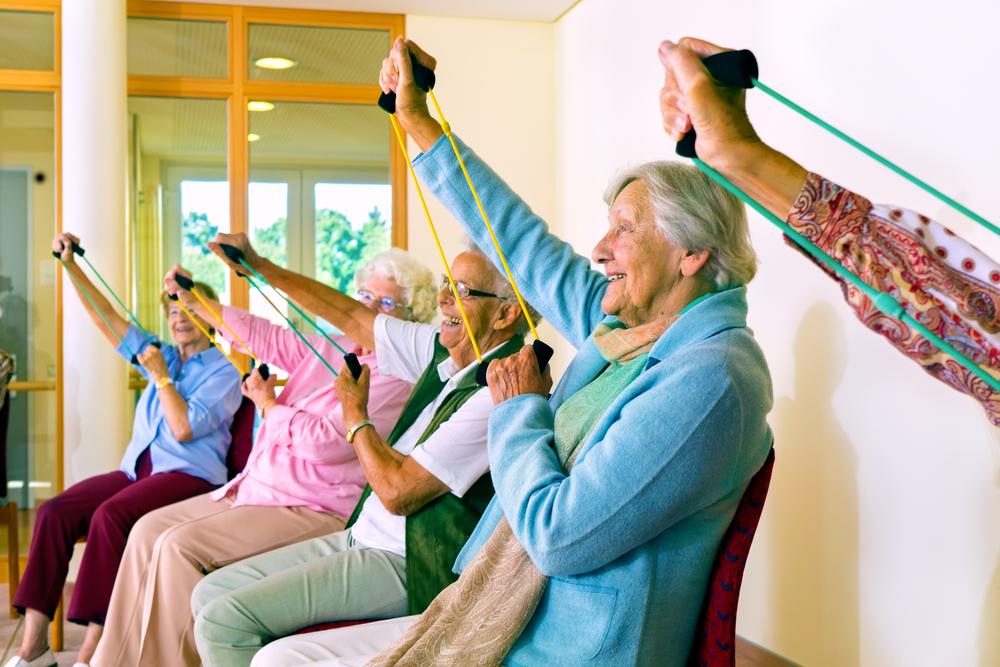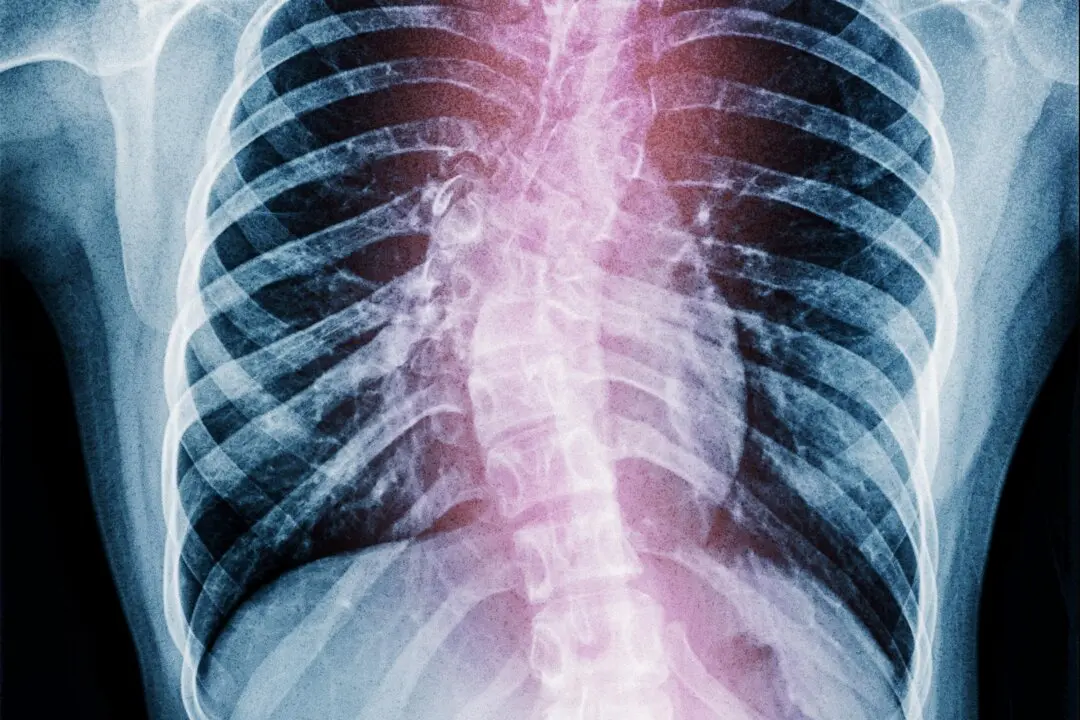Sarcopenia, the loss of muscle mass and strength, is one of the signs indicating the aging of the entire human body. Nowadays, sarcopenia is observed in people in their forties, and has become a health issue worthy of attention.
Specifically, decreased muscle elasticity and tension, commonly known as muscle weakness, makes people feel feeble and weak in parts or all over the body, leading to slow or difficult movement. Those who suffer from sarcopenia may even experience difficulty in daily routines such as walking, going up stairs, or carrying things.





